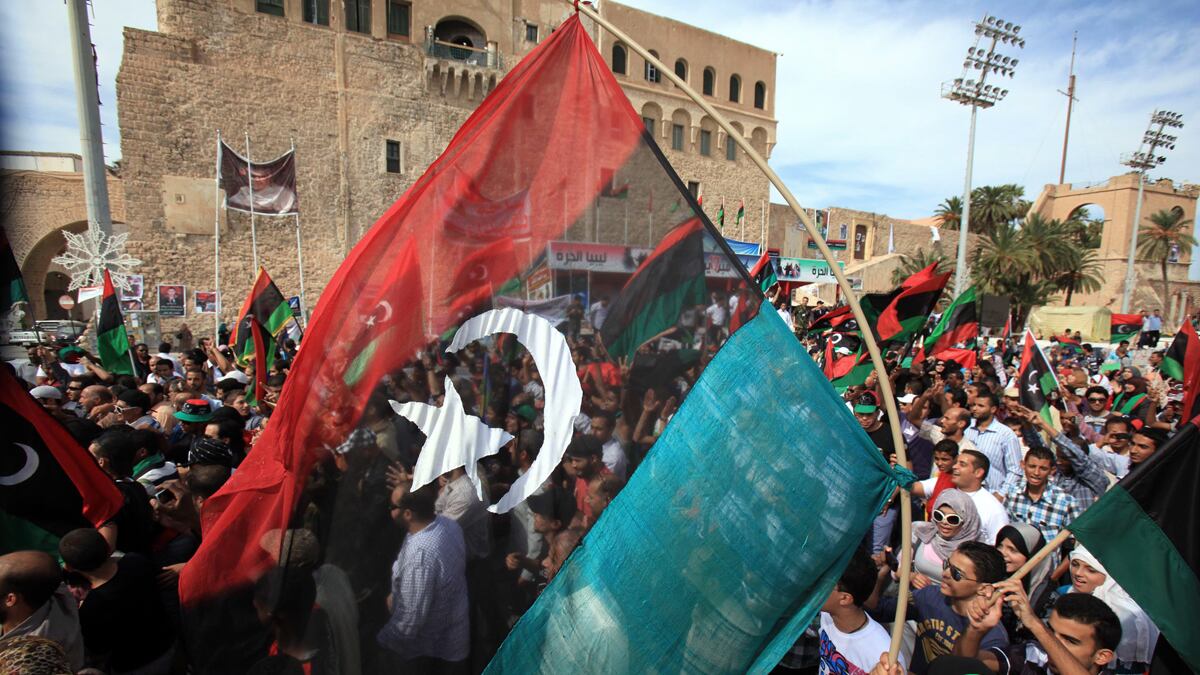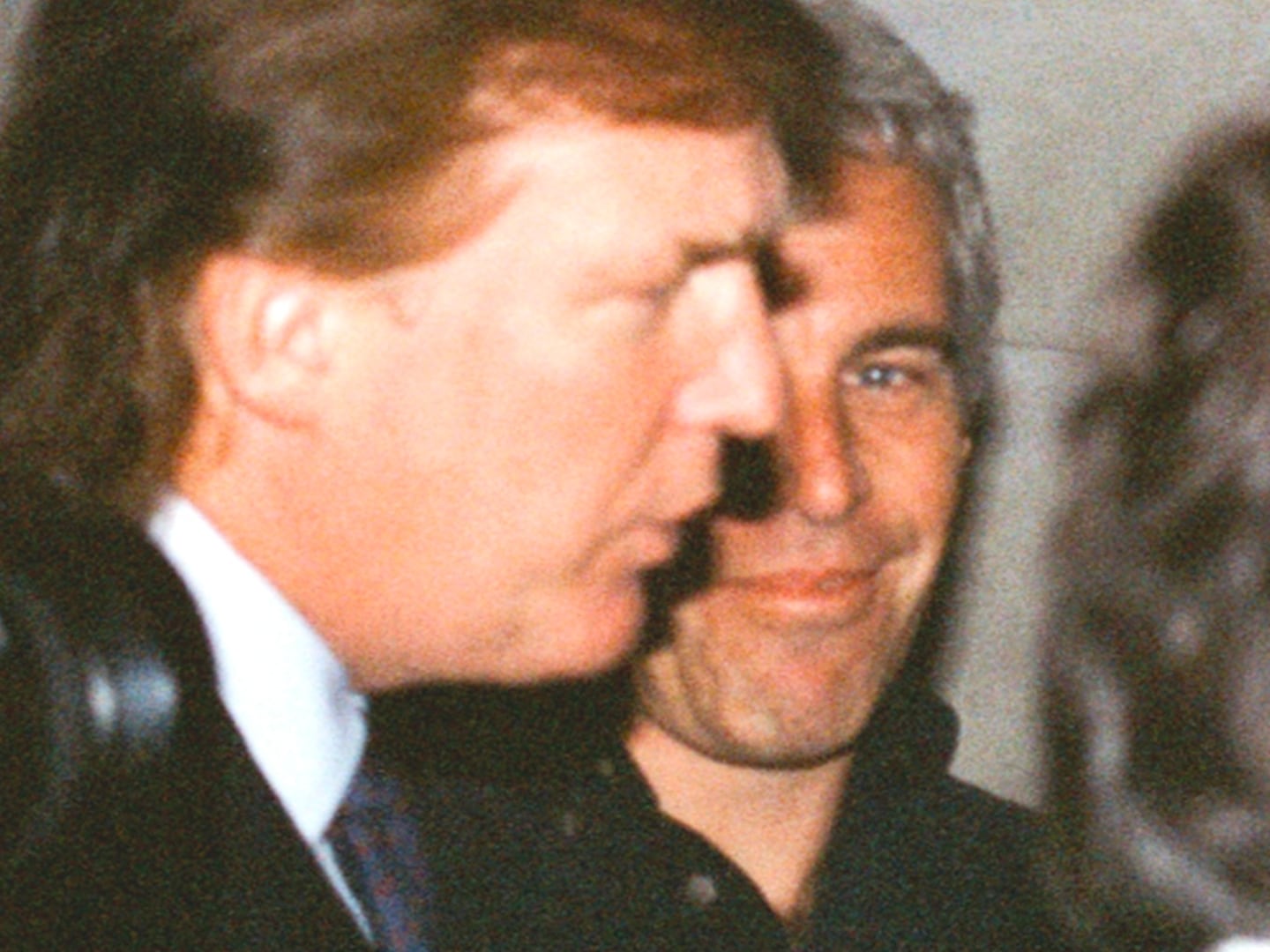In the end, the great Brother Leader didn’t make a clean getaway. He died as he had ruled for much of the past 42 years—with violence and bloodshed. Though Libya’s rebels have made dubious claims about the death or capture of several senior regime figures in recent months, a shaky cellphone video seemed to show irrefutable proof. There was the corpse of Muammar Gaddafi, the madman of the Middle East, half naked and soaked in blood on the ground. All around, jubilant fighters prodded the body and shouted “Allah Akbar.” When news of Gaddafi’s death reached Tripoli, cheering crowds poured into the streets and celebratory gunfire broke out across the capital. “We have been waiting for this moment for a long time. Muammar Gaddafi has been killed,” Libyan Prime Minister Mahmoud Jibril said at a news conference in Tripoli.
For millions of Libyans the nightmare is over and they will no doubt be celebrating for days to come. The Saharan despot that terrorized the country for decades is finally gone. But are the celebrations premature? The experience of Iraq could serve as a useful example. When the U.S. invaded Iraq in the spring of 2003, Saddam Hussein scrambled to his hometown of Tikrit and was found nine months later in a “spider hole” on a farm a short distance away. Gaddafi must have been taking notes: he also escaped to his hometown Sirte after the fall of Tripoli. Both dictators had bet, wrongly, that their clansmen could protect them against a determined enemy.

But what other lessons did Gaddafi learn from Saddam? After Saddam’s capture in December 2003, there was a lot of overheated rhetoric from American military commanders that the war in Iraq was over. The regime loyalists had lost their leader, they argued, and would soon give up the fight. They couldn’t have been more wrong. In many ways, Saddam’s capture in Iraq signaled the beginning of the insurgency. And what was more troubling, Saddam and his Baathist cronies had laid out careful plans for the insurgency, stashing weapons and cash all across the country before the fall of the regime.

That’s where things could get messy for the new Libya. Gaddafi, also the brutal dictator of a massive oil producer, was not short on cash. Nor did his regime shy away from spending millions on weapons stocks. Rebel fighters have discovered thousands of brand-new machine guns and even surface-to-air missiles on military bases across the country. The regime could have easily stashed both weapons and cash for a budding insurgency in remote locations in Libya’s massive southern desert. In fact, in an audio statement issued while in hiding last month, Gaddafi warned ominously that an Iraqi-style insurgency was coming with fighters attacking urban centers and disrupting oil exports. “Get ready for a gang war,” he said. “A war of gangs and urban warfare, guerrilla warfare and a war of bees that sting and run away and return to sting once more.”
In Iraq, Saddam’s sons were killed months before he was captured. In Libya, several of Gaddafi’s sons are still on the loose, particularly the bellicose Saif al-Islam who quite willingly became the regime’s threatener-in-chief when the uprising started back in February. He, or one of the dictator’s other sons, could serve as charismatic leaders for an insurgent movement. Libyans surely deserve to toast the death of a despot like Gaddafi. But the real celebrations may begin only after Saif and the rest of the Gaddafi clan are rounded up.





